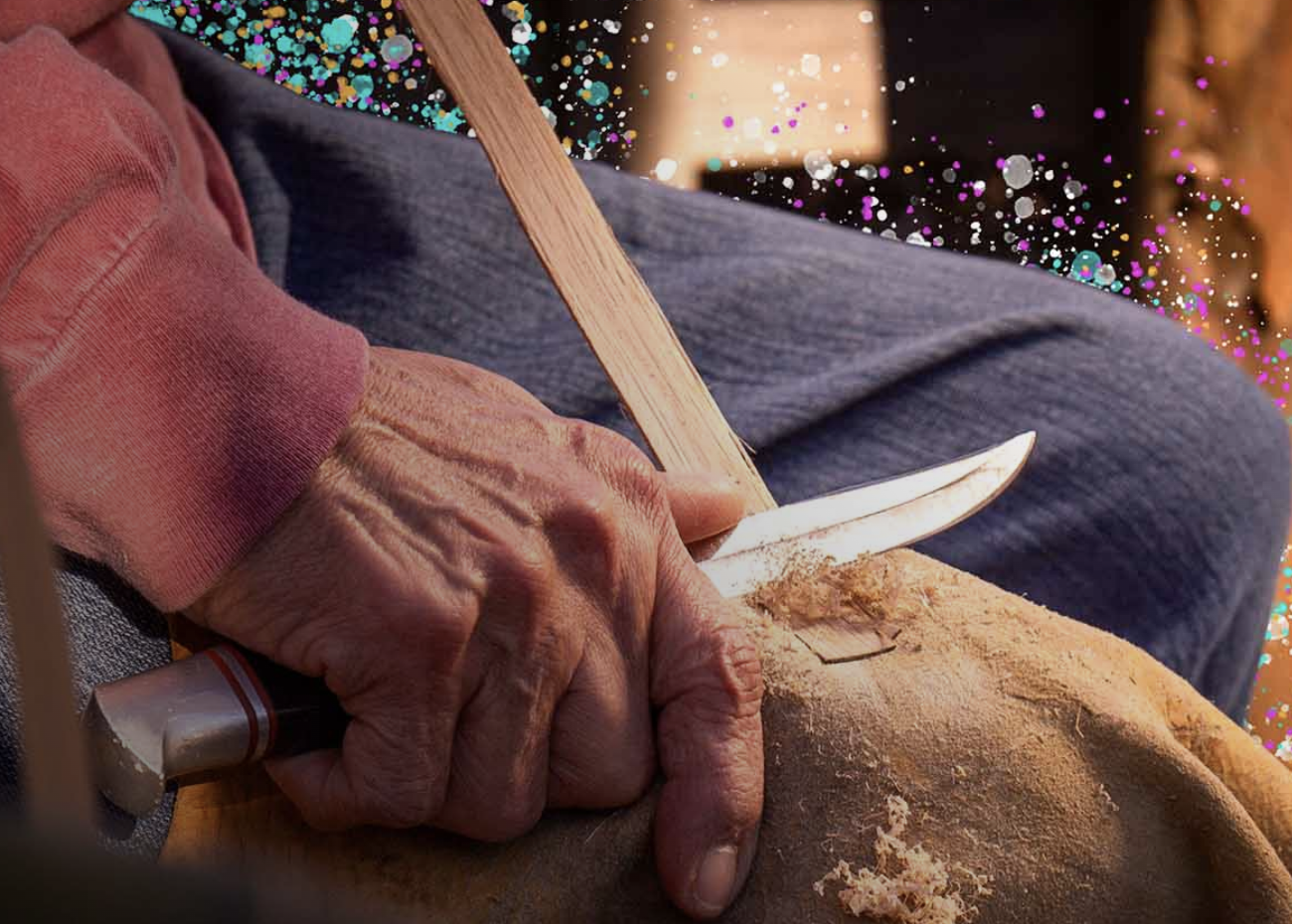
- Details
- By Kaili Berg
The National Endowment for the Arts (NEA) recently announced the awardees of its new ArtsHERE pilot program, designed to expand arts participation in underserved communities.
The initiative, in partnership with South Arts and U.S. Regional Arts Organizations, awarded grants ranging from $65,000 to $130,000 to 112 nonprofit organizations, totaling $12.356 million. These grants support projects aimed at capacity-building and fostering long-term community engagement through the arts.
“We are thrilled to provide resources to exceptional organizations through ArtsHERE,” said Maria Rosario Jackson, PhD, chair of the NEA. “Everyone should be able to live an artful life, and ArtsHERE is an important step in ensuring we are strengthening our nation’s arts ecosystem.”
ArtsHERE specifically addresses disparities in arts participation for historically underserved communities, particularly those affected by geography, race, ethnicity, economic barriers, or disability. With the support of President Biden’s Executive Order to advance equity, ArtsHERE acknowledges the essential role of the arts in fostering individual and social well-being.
Several Native American organizations are among the recommended grant recipients, with projects that aim to preserve and promote Native culture through arts education and community engagement. These include:
Alaska Native Heritage Center (Anchorage, Alaska)
Awarded $130,000, this project supports the Utuqqanaatmiñ Program (“From Our Elders”), promoting Alaska Native arts and traditional practices. It will offer community engagement initiatives that focus on preserving cultural heritage, fostering institutional support, and promoting healing through the arts.
Juneau Alaska Music Matters (JAMM) (Juneau, Alaska)
With a $105,610 grant, JAMM will expand its Lingít language music-based curriculum, blending cultural wisdom with education. The initiative includes professional development for educators and string teaching artists to create responsive, culturally-appropriate teaching practices.
Hopitutuqaiki (Kykotsmovi, Arizona)
Hopitutuqaiki, also known as the Hopi School, received $116,335 to support Hopi language preservation and art programs. This includes the development of social media strategies, symposiums, and art shows to promote traditional and contemporary Hopi arts.
Cheyenne River Youth Project (Eagle Butte, South Dakota)
A $110,000 grant will fund the creation of the first dedicated arts and culture facility on the Cheyenne River Reservation. This facility aims to provide Lakota youth and families access to culturally relevant arts programming.
First Peoples Fund (Rapid City, South Dakota)
Awarded $110,000, First Peoples Fund will use the funds to expand arts programming and data collection for its Oglala Lakota Artspace on the Pine Ridge Reservation. This project supports Native artists and promotes the cultural and ancestral practices of Indigenous communities.
Indigenous Performance Productions (Olympia, Washington)
With $130,000 in funding, this organization will enhance Indigenous performing arts by conducting research, expanding artist career resources, and developing a five-year strategic plan.
These organizations exemplify the ArtsHERE program’s commitment to fostering cultural preservation and increasing Indigenous arts participation. The NEA’s support of Native arts ensures that Indigenous voices continue to thrive and resonate in diverse communities across the United States.
As part of the ArtsHERE initiative, recipients will engage in peer-learning and technical assistance programs. This collaboration aims to bolster their efforts, ensuring the arts remain a vital part of historically underserved communities.
By investing in Native American organizations, the NEA and its partners recognize the critical importance of Indigenous cultural heritage and the role the arts play in promoting community health, resilience, and identity. Through ArtsHERE, the arts continue to serve as a transformative tool for social and cultural engagement.
More Stories Like This
A Native American Heritage Month Playlist You Can Listen to All Year Long11 Native Actors You Should Know
Five Native American Films You Should Watch This Thanksgiving Weekend
Heavy metal is healing teens on the Blackfeet Nation
Over 150 Tribal Museums Participate in Fourth Annual Celebration of Native Life
Help us tell the stories that could save Native languages and food traditions
At a critical moment for Indian Country, Native News Online is embarking on our most ambitious reporting project yet: "Cultivating Culture," a three-year investigation into two forces shaping Native community survival—food sovereignty and language revitalization.
The devastating impact of COVID-19 accelerated the loss of Native elders and with them, irreplaceable cultural knowledge. Yet across tribal communities, innovative leaders are fighting back, reclaiming traditional food systems and breathing new life into Native languages. These aren't just cultural preservation efforts—they're powerful pathways to community health, healing, and resilience.
Our dedicated reporting team will spend three years documenting these stories through on-the-ground reporting in 18 tribal communities, producing over 200 in-depth stories, 18 podcast episodes, and multimedia content that amplifies Indigenous voices. We'll show policymakers, funders, and allies how cultural restoration directly impacts physical and mental wellness while celebrating successful models of sovereignty and self-determination.
This isn't corporate media parachuting into Indian Country for a quick story. This is sustained, relationship-based journalism by Native reporters who understand these communities. It's "Warrior Journalism"—fearless reporting that serves the 5.5 million readers who depend on us for news that mainstream media often ignores.
We need your help right now. While we've secured partial funding, we're still $450,000 short of our three-year budget. Our immediate goal is $25,000 this month to keep this critical work moving forward—funding reporter salaries, travel to remote communities, photography, and the deep reporting these stories deserve.
Every dollar directly supports Indigenous journalists telling Indigenous stories. Whether it's $5 or $50, your contribution ensures these vital narratives of resilience, innovation, and hope don't disappear into silence.
 The stakes couldn't be higher. Native languages are being lost at an alarming rate. Food insecurity plagues many tribal communities. But solutions are emerging, and these stories need to be told.
The stakes couldn't be higher. Native languages are being lost at an alarming rate. Food insecurity plagues many tribal communities. But solutions are emerging, and these stories need to be told.
Support independent Native journalism. Fund the stories that matter.
Levi Rickert (Potawatomi), Editor & Publisher

